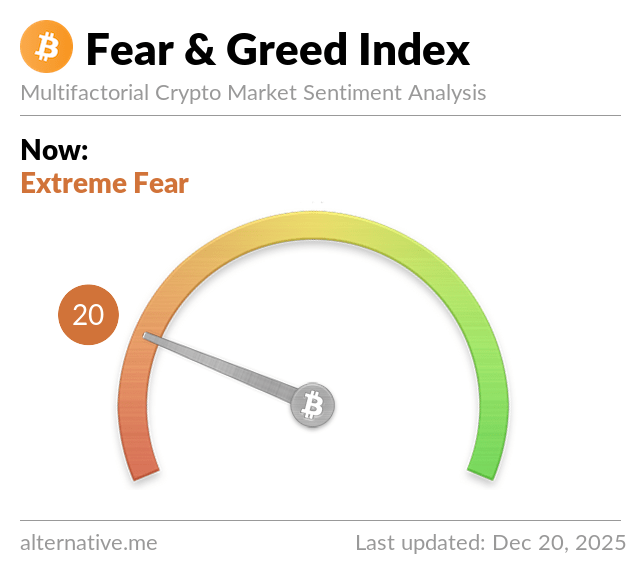Stablecoins: The Future of Global Payments
In the current uncertain market landscape, stablecoins have emerged as a beacon of stability and innovation. With the ongoing trade tensions and inflationary pressures, investors are turning to dollar-pegged stablecoins as a safe haven for their assets. As the market cap of stablecoins reaches record levels, it is evident that these digital assets are here to stay.
Dollar-pegged stablecoins like USDT and USDC dominate the market, accounting for over 98% of the stablecoin supply. Tether’s USDT alone represents over 60% of the total market cap, signaling a strong demand for stable digital assets. The market is set to expand further with the introduction of Asian currency-backed stablecoins in the near future.
The shift towards stablecoins is not only driven by market dynamics but also by geopolitical factors. Nations like China, Japan, and Saudi Arabia are reducing their reliance on the US dollar, prompting a move towards digital assets. In this changing landscape, stablecoins have cemented their position as key players in the digital financial ecosystem.
Emerging markets, in particular, have embraced stablecoins as a means of safeguarding their wealth and facilitating international transactions. Countries like Brazil and Argentina have seen a surge in stablecoin usage, with a significant portion of transactions being conducted using dollar-pegged stablecoins. This adoption is driven by high inflation and currency devaluation, highlighting the role of stablecoins in providing stability and security in volatile markets.
Looking ahead, analysts predict a continued growth in the stablecoin market, with market capitalization expected to reach $400 billion or more by 2025. Financial institutions are also jumping on the bandwagon, with traditional banks like BBVA planning to launch their own stablecoins. Major Wall Street players are also investing in the sector, indicating a strong vote of confidence in the future of stablecoins.
As stablecoins become more mainstream, they are set to transform global payments and revolutionize the way we move money internationally. With the backing of financial institutions and the adoption of stablecoins in emerging markets, the future of global payments looks bright. It is not a question of if stablecoins will revolutionize payments, but how quickly they will replace outdated financial systems.
In conclusion, stablecoins are no longer just a crypto experiment but a fundamental part of the financial infrastructure. As the adoption of stablecoins accelerates, they are poised to play a significant role in shaping the future of global payments.











